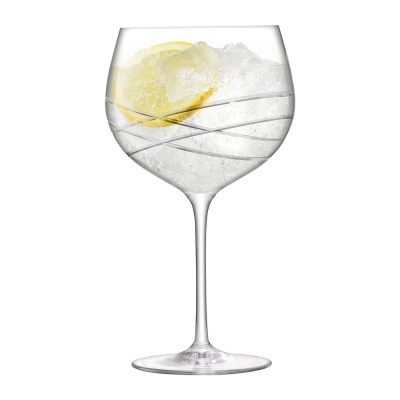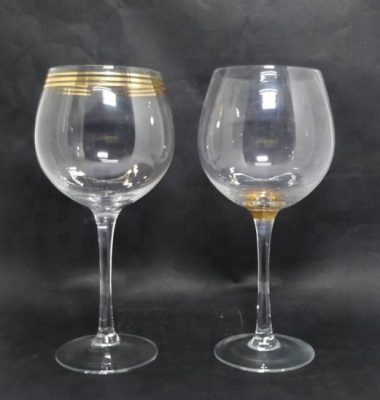Each wine has its own uniqueness, which may not stand out in a single tasting, but a comparative tasting can magnify the nuances in different wines on the taste buds. However, comparative tasting is not a random selection of wines for comparison. We need to choose wines with a purpose. This purpose can be to compare the differences of the same wine in different years, or to compare the tasting experience of different varieties of wines. It can be a comparison of terroir, brewing process and other aspects. Next, this article will introduce you to several comparative tasting methods, which will not only make the tasting bureau interesting, but also allow people to have a deeper understanding of the wines to be tasted.
1. Year comparison tasting
Year comparison tasting, also known as vertical tasting, generally refers to the tasting and comparison of different years of the same wine made by the same winery. This tasting method can compare the quality and style of different years, and to a certain extent, it can also help tasters understand the aging potential of the wine. Generally speaking, at least 3 years should be prepared for a vintage comparison tasting, and more than 5 years should be prepared for a more comprehensive and accurate understanding of the quality performance of this wine. There are no specific restrictions on the choice of vintage, but it is important to note that comparing two vintages that are far apart in time doesn’t make much sense, as there is no comparison between wines that are not at the same stage of development.
2. Terroir comparison tasting
As we all know, the style of wine is largely influenced by the terroir of the producing area. If you want to compare the differences in wine styles brought by the terroir of different producing areas, you can make a horizontal comparison tasting by selecting wines from the same year, the same winery and different sub-producing areas. The specific comparison range of the production area can be freely selected to a certain extent, however, the wine still needs to be limited to a specific large production area (such as from Bordeaux or Burgundy), otherwise although the year is the same, the climatic conditions, etc. Other factors may be very different, and the comparison will lose its meaning.
3. Variety comparison and tasting
Variety comparison tasting refers to the comparison of single-varietal wines brewed from different grape varieties under the same conditions such as year and production area, which helps to deepen the taster’s memory of the characteristics of different varieties. For example, when comparing Merlot wines with Cabernet Sauvignon wines, the firmness of Cabernet Sauvignon and the suppleness of Merlot will give the taster a deeper understanding.
4. Winery comparative tasting
The wines of the same year, the same production area, the same variety but different wineries have relatively small differences in terroir, so the main variable is the winery. Through horizontal comparison, tasters can more clearly appreciate the style differences between different wineries.
5. Comparative tasting of brewing process
Different brewing processes have different effects on the style of wine. Barrelled Chardonnay and uncooked Chardonnay are classic contrasting tastings in this category. In addition, the influence of different brewing processes, such as whether the grapes have been air-dried to concentrate sugar, the selection of fermentation vessels, and the length of wine aging time, are also the main contents of this type of comparative tasting.
The above are the 5 kinds of comparative tasting methods that we have introduced. When comparing and tasting, in addition to selecting suitable wines, the form of tasting is also very important. For different purposes, comparative tasting can be divided into two types: learning tasting and blind tasting. The purpose of learning tasting is to give the taster the necessary knowledge of wine tasting. In the learning tasting activity, the taster needs to know the wine information in advance, so that the corresponding information can be linked with the characteristics of the wine in the glass during the tasting, and the comparison impression can be deepened. The purpose of blind tasting is to exercise the taster’s ability to identify a specific type of wine, so the shape and label of the bottle need to be hidden during the tasting, but the theme of the blind tasting can be revealed to the taster in advance. Tasters need to independently judge the characteristics and information displayed in the wine, and they are not allowed to discuss and communicate with each other until the end of the tasting.



















